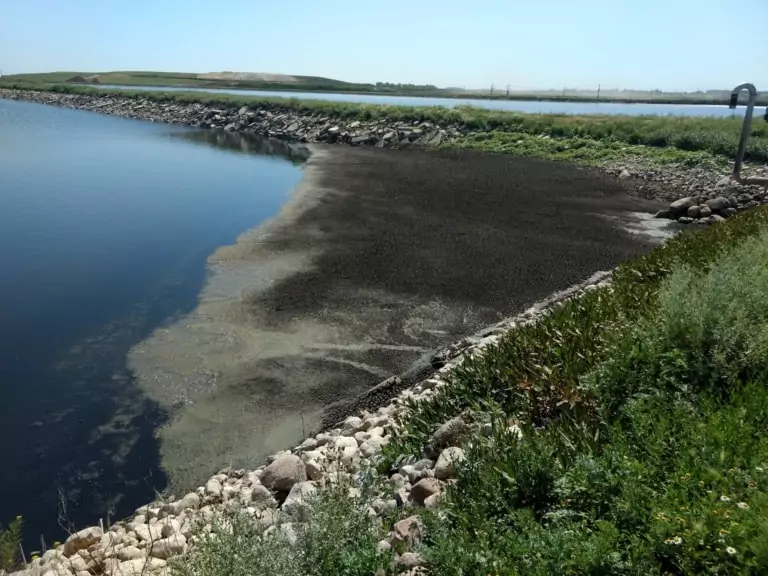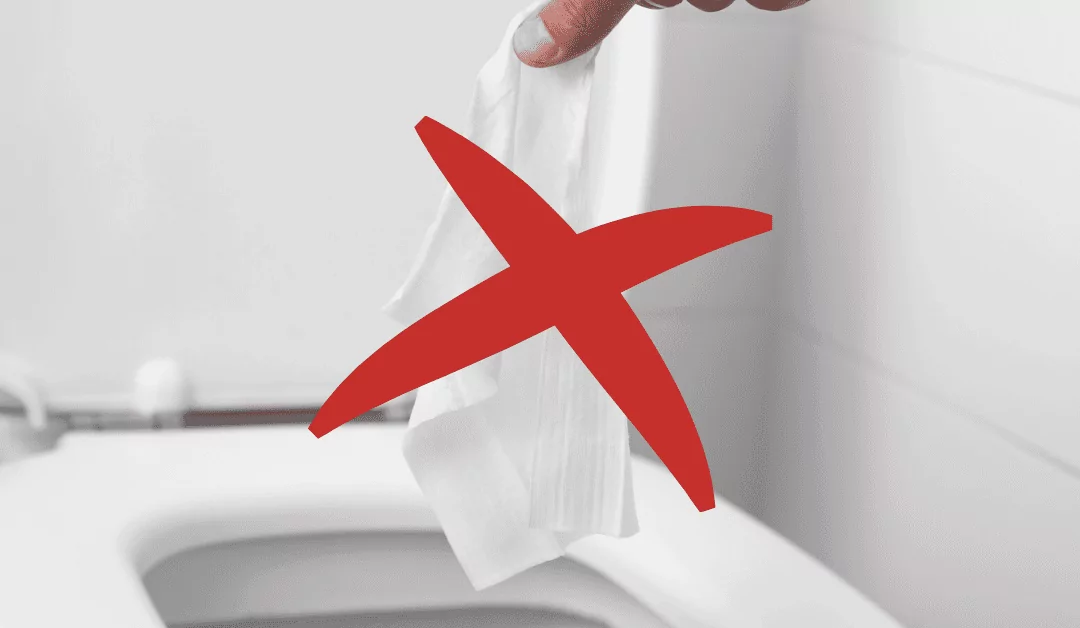

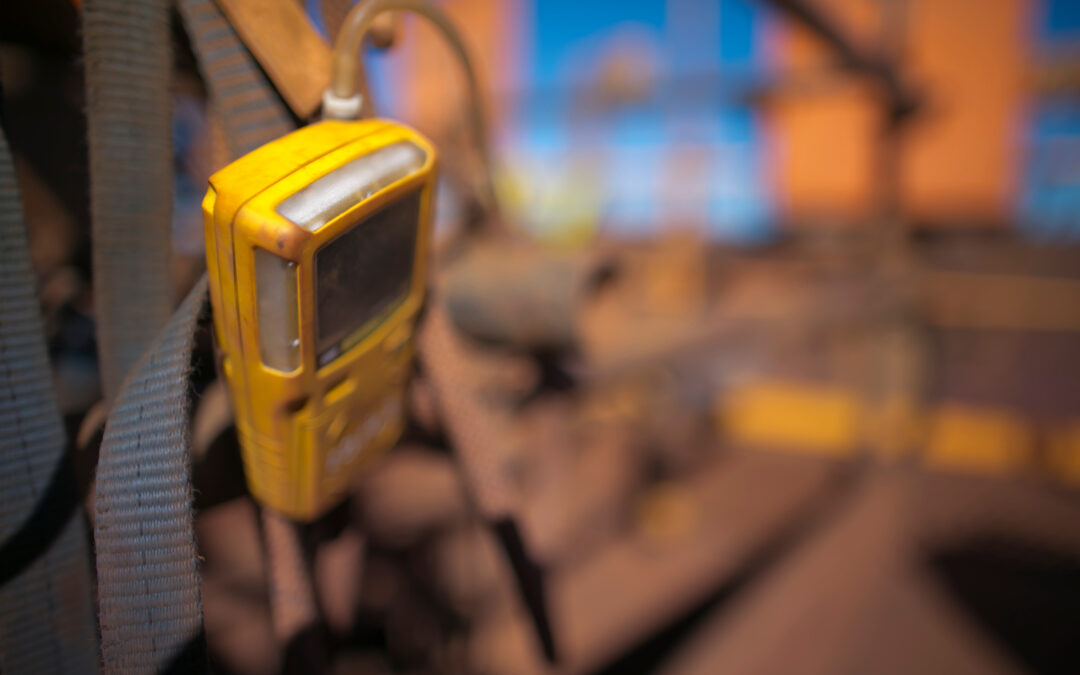
The Dangers of Hydrogen Sulfide Exposure
Wastewater and collection systems with anaerobic areas, FOG, or sludge build-up provide the perfect environment for hazardous Hydrogen sulfide (H2S) production. Because of this, it’s not uncommon for concentrations to climb above 1000 ppm! To understand the risks,...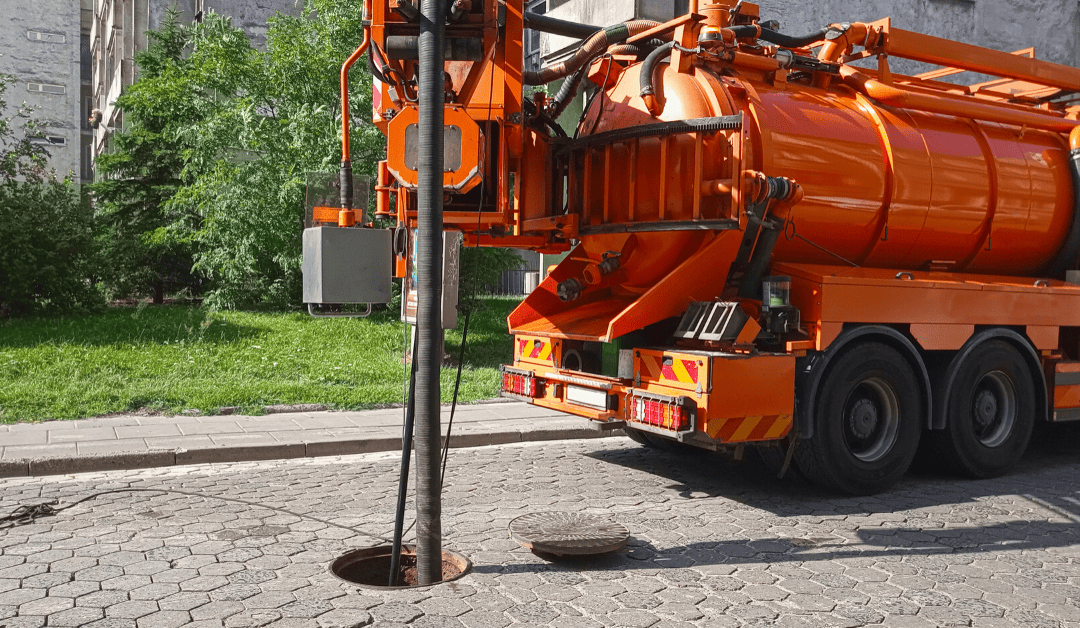
Prepare your Municipal Collection Systems!
Setting the Scene Does this scenario look familiar to you? If you work in municipal collections, of course it does! It’s a fairly standard lift station vacuum truck clean-out. While expensive and tedious, most municipalities have come to reluctantly accept this as an...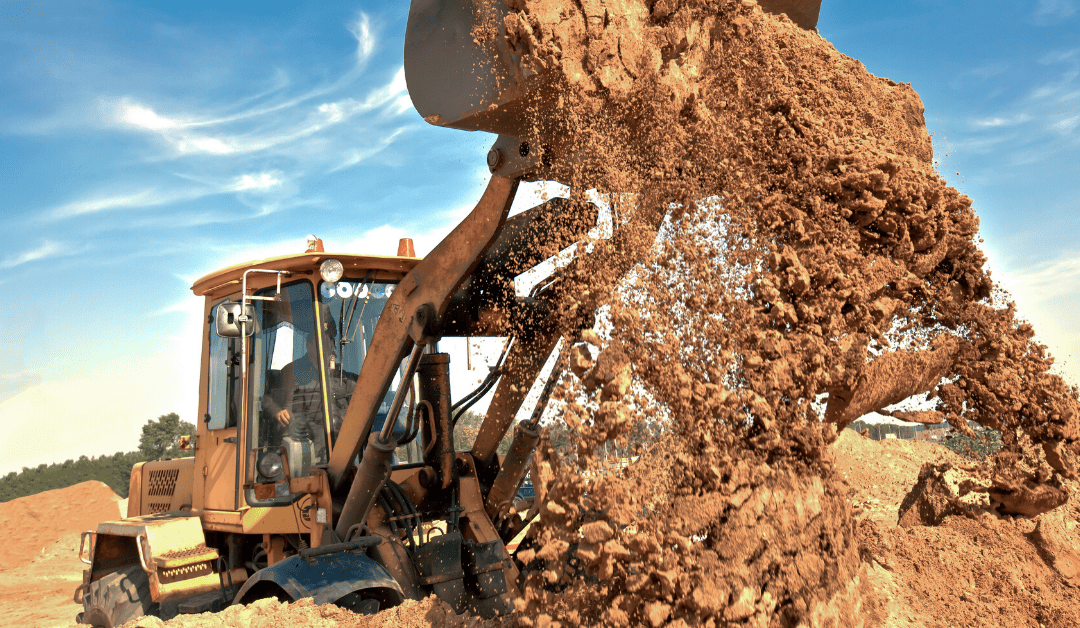
Wastewater Lagoons: Digging Yourself Out of Your Current Hole
One of the biggest advantages to using bioaugmentation for lagoon wastewater treatment is that it can buy you time before your lagoon will need to be dredged. The specialized bacteria get to work on built-up sludge and can increase your capacity for a fraction of the...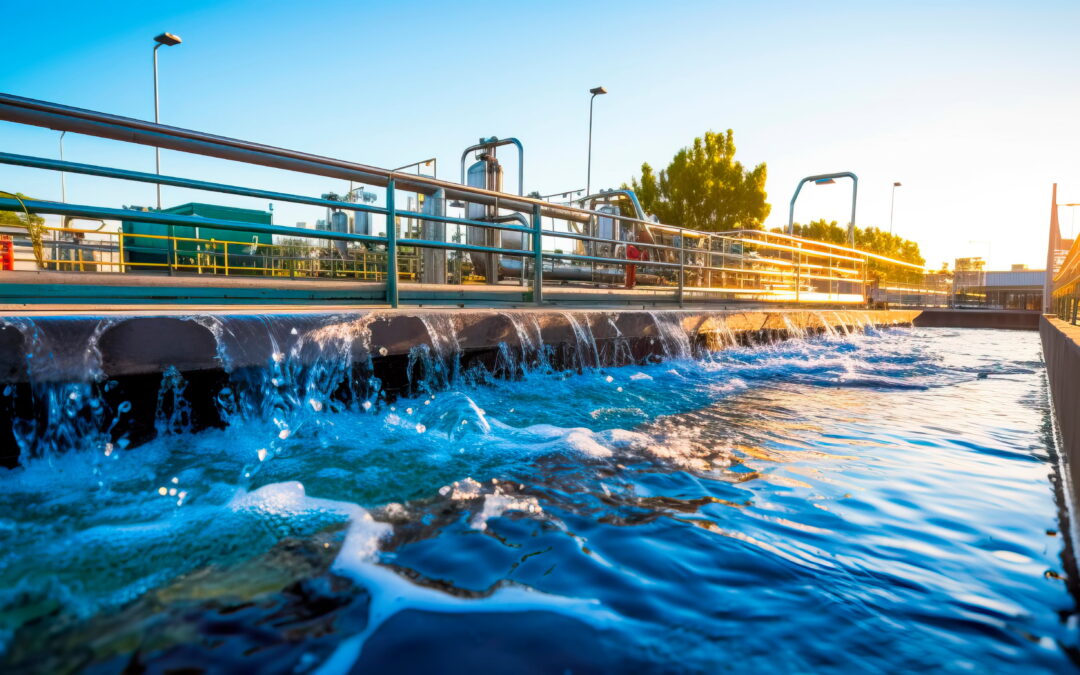
Bioaugmentation 101
What is bioaugmentation? The word “bioaugmentation” can be broken down into two parts: -bio and -augmentation. Together, they describe the process of adding helpful, pre-selected bacterial strains that were isolated from a specific environment (biology) to enhance...